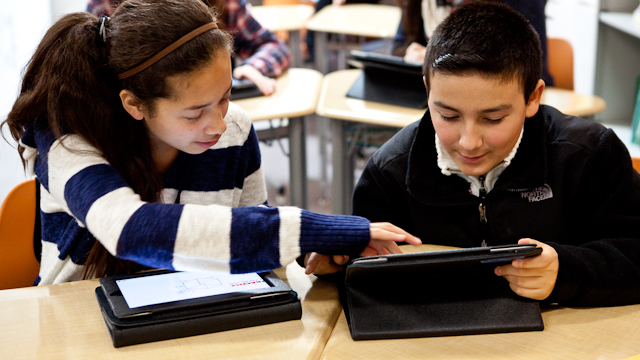Videos have already become an important part of modern education, whether through well-known education platforms like Khan Academy or content created by teachers for their students' use. Video tutorials can help students with questions on homework or test preparation. However, students are finding the value in creating tutorial videos themselves for other students.
During her sophomore year, Shilpa Yarlagadda was falling behind in her high school courses and began looking up video tutorials online to help catch up. But she soon realized she learned difficult material better from her friends than from any of the content she could find online. She was struggling with AP Chemistry that year, but when a concept finally clicked, she would make a video about it to help her friends taking lower level chemistry classes.
"What really makes a video tutorial powerful is capturing the essence of the student’s voice from someone who initially didn't understand the material," Yarlagadda told Alan November in a podcast last year. Shilpa co-founded, with Roya Huang, Club Academia, a site hosting tutorial videos created by high school students and vetted for accuracy by teachers.
"When students explain it and they have a way to make it extremely relevant to your life and show you how this actually relates to you specifically, that can make the material really exciting,” Yarlagadda said. Huang has become famous in some education circles for a video she made explaining the physics concept of position by telling a story about a girl who wanted to sit close to a boy in the movie theater, but not too close in case her interest was too obvious.
“It's about making the material exciting for someone else,” Yarlagadda said. “When you’re able to do that for someone else really properly, it’s so rewarding.” The most important element to make a video exciting and relevant is the student presenter’s passion for the subject. When a student loves the ideas she’s teaching, it’s infectious and often helps her come up with creative ways to relate the material to the lives of peers.


